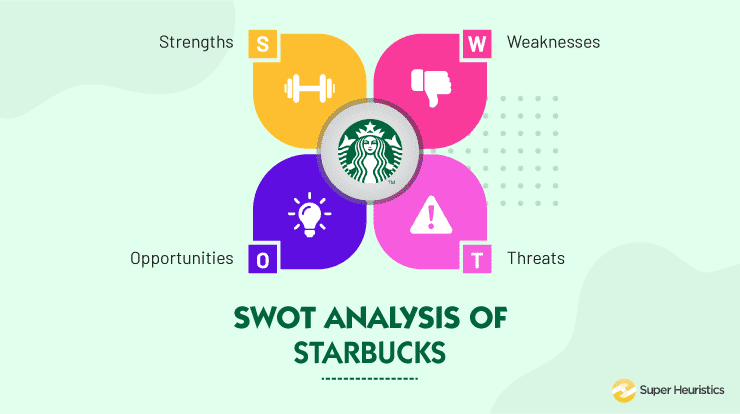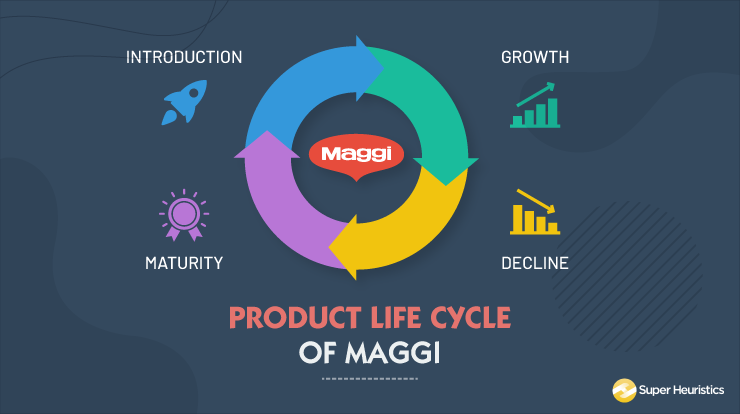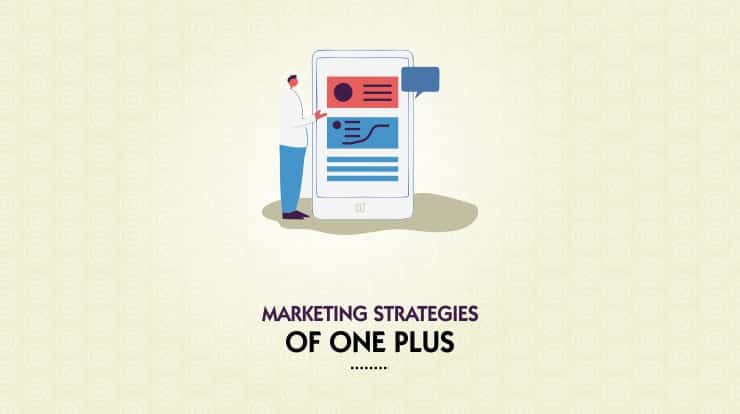
If you need glue/gum, what do you ask for? Fevicol, isn’t it? The brand Fevicol is so well positioned in the minds of the consumers, that is used in place of all adhesive products. Simply put, Positioning Strategy is the strategy formed to place the brand in the minds of the customers.
The goal of the firms is to create a unique image in the minds of the customers so that they associate something specific with the brand, for this purpose, a firm whether big or small use positioning strategies to establish their brand.
You must have heard about the famous trio STP, i.e., Segmentation, Targeting and Positioning.
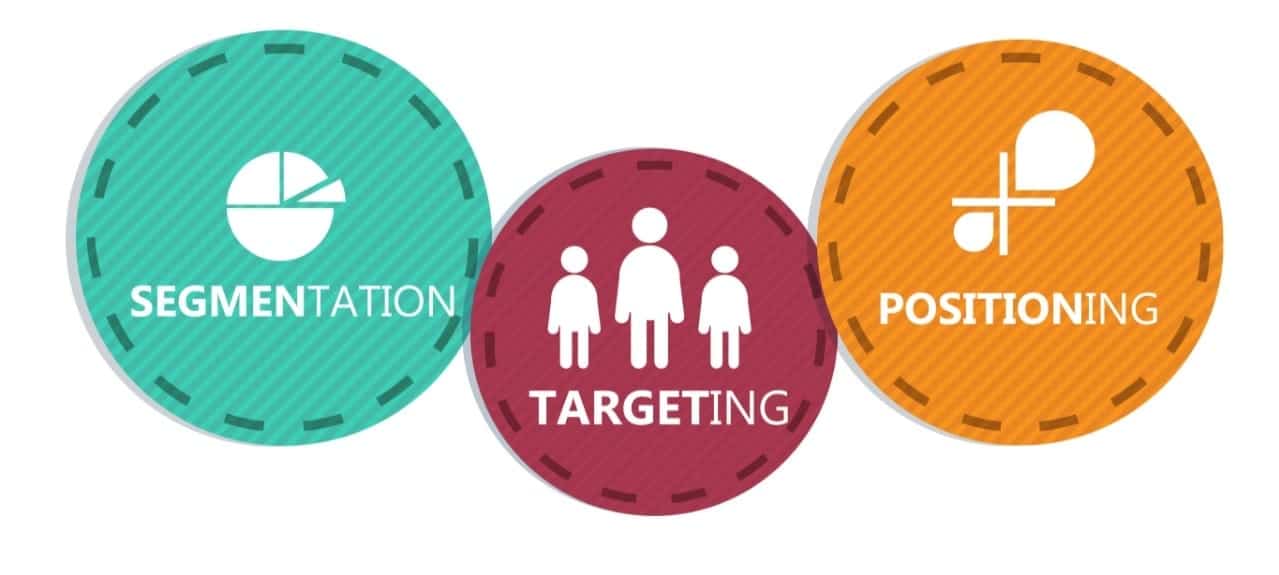
https://martechlive.com/stp-marketing/
Before getting into understanding positioning strategy, let’s get a clear picture of what STP is.
Segmentation involves dividing market into distinct group of customers. Targeting is determining which customer group to focus marketing efforts on, which group is likely to purchase your product. Positioning is placing the brand in the minds of customers. STP helps breaking your customer base into smaller groups, allowing you to do develop specific marketing strategies to reach and convert the customers. STP marketing gives businesses a chance to know who their customers are, in short it is a more targeted marketing effort with higher ROI.
But why make a positioning strategy of a product at all?
The best positioning strategy example would be the story of Starbucks.
Imagine yourself sitting in a café with your friends sipping coffee, engaged in a breezy conversation. A nice thought, isn’t it? Well, it would not have been possible had it not been for the founders of the world’s largest coffeehouse chain, Starbucks. Founded in 1971 in the city of Seattle, USA, Starbucks changed the way the world drinks coffee outside home and work. The founders saw an unidentified need and converted It into an opportunity to create a concept of third place between home and work where people can relax, enjoy a cup of coffee, and experience the inviting ambience.
What I am sharing with you below is an important marketing framework with a detailed example of Starbucks.
A positioning strategy helps the company,
- Create a Brand
- Create strong competitive position- differentiates brand from competitors
- Improve sales
- Define a clearer target market- increases relevance
- Make more effective decisions
- Connect to consumer needs- makes your rank more credible and attainable
How to Develop a Strong Positioning Strategy?
If I were to give you one thing that you should remember from this article even if you were to forget everything else, it would be, what we call the positioning formula:
Positioning= Target Segment + Differentiation
This basically means that for you to build a position statement you need to identify the differentiation got each target segment.
What I’m Sharing with you is just a point wise elaboration of the same.
Here are some points that can help you develop a strong positioning strategy in marketing:
Find Your Current Position
How do customers currently perceive your brand? Do you place your product just like your competitors or does your positioning differ?
This step is like an introspection of your business’s, core values, mission, and vision statements. Understanding these essential pieces of your brand will help develop a better branding strategy that’s relevant to the target customers. How can you find your current position? Your current customers are the most valuable source of information, referring to surveys and customer satisfaction score can help determine your standing.
Analyze Competitors
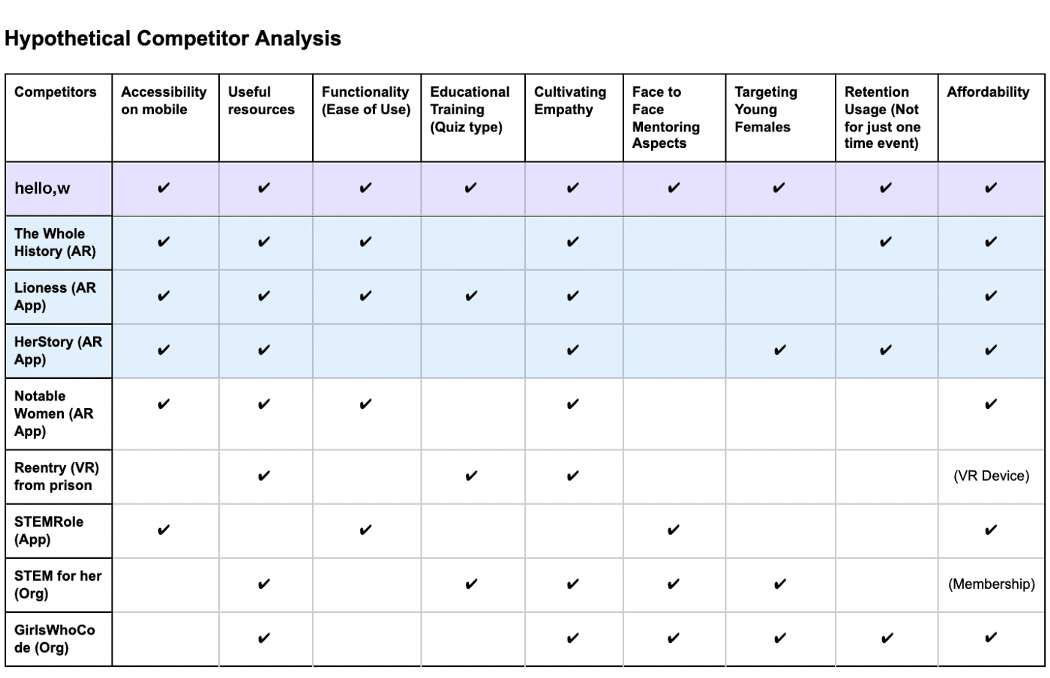
The saying, “Keep your friends close but your enemies closer” is applicable in developing your positioning strategy in marketing as well. Keeping one eye on your own brand positioning strategy, you need to keep the other eye on your competitors. Competitor analysis can help your brand to,
- identify profitable business opportunities
- Differentiate the product from the competitors
- Devise a comprehensive and responsive business strategy
- Increased sales and profitability
To conduct a competitor analysis, a matrix tool can be used to classify the competitors based on several parameters. It provides an easy to read portrait of your competitive landscape and your position in the market place.
From identifying the top competitors to knowing their positioning strategy is the key factor towards the next step, developing a Unique selling proposition for your brand.
Develop Your USP
Now, let’s take a tour to the supermarket, while buying the smallest possible thing, let’s say a shampoo, aren’t you overwhelmed by the number of brands and the variety each and every brand offers? All you want to do is quickly pickup the most appealing and different product. Creating a positioning strategy to make your product stand out from the crowd, is called Unique selling proposition.
Knowing the right way to position your brand and the products can mean the difference between standing out and blending in.
Create Your Positioning Statement
To write your positioning strategy in a sentence is called a positioning statement. By reading this statement, your target customers should know what you offer and what they can expect from your product. Here’s an example of Amazon’s positioning statement:
“For consumers who want to purchase a wide range of products online with quick delivery, Amazon provides a one-stop online shopping site. Amazon sets itself apart from other online retailers with its customer obsession, passion for innovation, and commitment to operational excellence.”
Your positioning statement must be to the point, Unique and memorable, remain true to your core values, include a credible promise of what the brand delivers to its customers, and communicate your USP. Following the mentioned steps can create a great impact in developing a great positioning strategy in marketing your product.
Create your tagline
Taglines and position statements are often confused to be the same, well they’re not. A position statement is used for internal purpose of the company to guide the marketing and operating decisions of your business, whereas Taglines are for external use. Taglines are small statements you can use to create your brands perception in the minds of your customers.
The three ways to design your brand mantra are, communicate, simplify, Inspire.
Nike’s “Just Do It”
L’Oreal’s “Because you’re worth it”
Walmart’s “Always low prices. Always.”
These examples indicate the impact a tagline can create in communicating your brand’s image in the minds of the consumers. Nike communicating its sporty attitude, L’Oreal targeting the sentiments and creating an inspiration, and Walmart playing its strengths of providing products at considerably lower prices, all these taglines have one thing in common, they are simple and memorable.
Test your marketing position
Now that you have developed a positioning strategy for your brand, it’s time to put it to use. Set goals 67 for your brand positioning strategy, align it with your marketing plan, make a case of your claims- make sure you can deliver. Ask questions like,
Does this strategy differentiate your brand?
Does it enable growth?
Will It help in making effective marketing and branding decisions?
Asking questions and finding suitable answers will assure you about your strategy and will give you a green signal to go ahead with it, helping you make effective decisions to differentiate your brand, attract target customers, and gain market share.
Conclusion for Positioning Strategy
Positioning is used to differentiate your product form the competitors in the mind of the consumer. Creating a blueprint for the same is equally important to move more strategically towards your goal.
In the article, I shared the basic concept of STP with multiple examples and discussed steps of making and implementing a great positioning strategy.
Premium brands know how important positioning is to form a long-lasting image in the minds of the customers, and now you do too!
Also Read: The Basics of Brand Positioning

